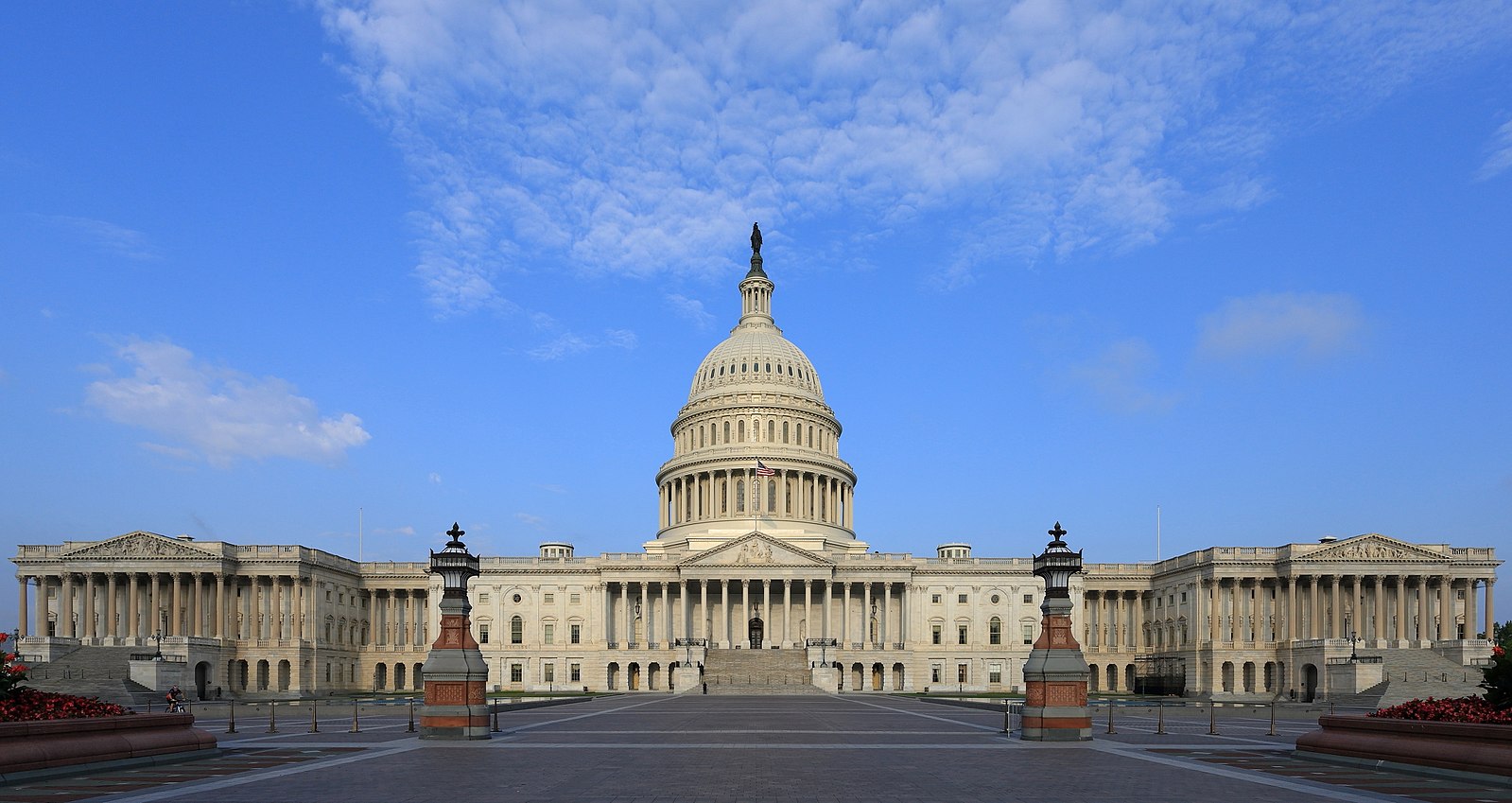On April 10, the House of Representatives voted to adopt the Senate-amended version of budget resolution HCon.Res.14, completing the budget resolution process. The House voted 216-214 in favor of the resolution, with 216 Republicans voting in favor and Reps. Victoria Spartz (R-Ind.) and Thomas Massie (R-Ky.) joining 212 Democrats in voting against the resolution. The Senate voted 51-48 to adopt the amended version of H.Con.Res.14 on April 5, 2025.
The final budget resolution adopted by both chambers includes taxes, the border, defense, energy, and raising the debt limit as some of its main policy areas of focus. It outlines these priorities through instructions to different committees to either reduce the deficit by no less than a certain figure (decreased spending or increased revenue generation) or increase the deficit by no more than a certain figure (increased spending or decreased revenue generation) from 2025 to 2034.
The committees tasked with the largest decreases in deficit over the next nine years are the House Energy and Commerce Committee ($880 billion) and the House Education and Workforce Committee ($330 billion). The committees tasked with the largest increases in deficit over the next nine years are the House Ways and Means Committee ($4.5 trillion) and the Senate Finance Committee ($1.5 trillion).
Looking at the first budget resolution passed by Congress during a president’s first year in office in the last 25 years, the speed of passage for this resolution falls in the middle of the pack. The most rapidly passed resolution was shortly before Trump assumed office for the first time in January 2017, and the second most rapid was passed in February 2021 during Joe Biden’s (D) term. The most slowly passed resolution was in May 2001 during George W. Bush’s (R) first term, and the second most slowly passed was in late April 2009 during Barack Obama’s first term.
Budget resolutions are resolutions that broadly outline spending priorities for a reconciliation bill. The Senate and the House adopting identical budget resolutions is the first step in the reconciliation process. Budget reconciliation is a legislative process that can be used to override the filibuster and expedite the approval of a package of legislation in Congress that changes spending, revenues, or the debt limit. Recent examples of budget reconciliation bills include the American Rescue Plan of 2021 and the Tax Cuts and Jobs Act of 2018.
Provisions can be struck from reconciliation bills under the Byrd Rule. In Senate-amended version of budget resolution HCon.Res.14, Senate Republicans sought to address the sunset provisions of certain tax cuts from the Tax Cuts and Jobs Act of 2018 using a current policy baseline instead of a current law baseline. There is debate as to whether this method of calculation is legitimate or not. There is also debate as to whether the Senate Parliamentarian has the authority to declare this method of calculation illegitimate, which may have implications as to whether or not provisions relying on a current policy baseline can be struck from the bill under the Byrd Rule on the basis of their calculation.
Additional reading:


